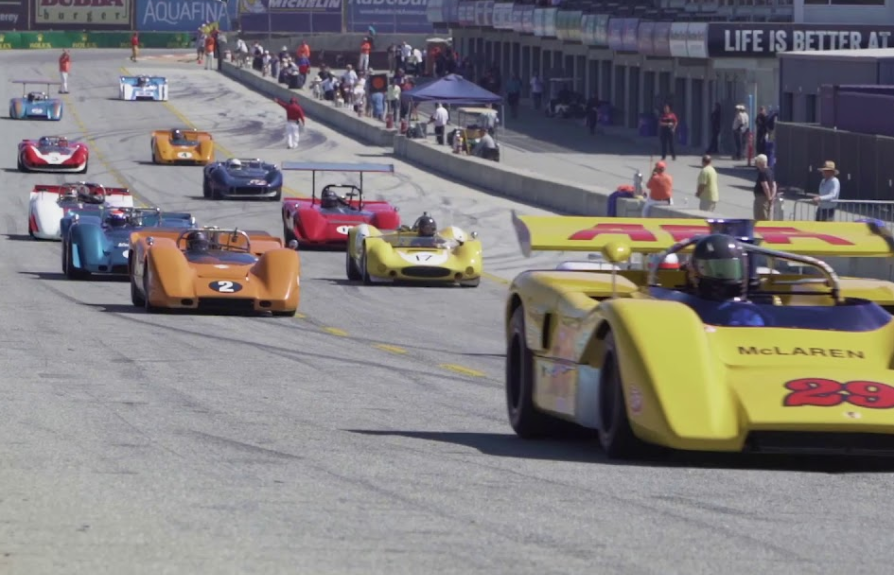The Canadian – American Challenge Cup (Can-Am) – The Ultimate Guide
Introduction
John Bishop, Executive Director of the Sports Car Club of America as his Competition Director, Jim Kaser to look into the possibility of forming a professional sports car series, one with a more international flavor than it’s US Road Racing Championship (USRRC). Bishop wanted something that would compare with Formula 1 but for sports cars and more of an all out race rather than the endurance racing already taking place at venues such as Le Mans. In order to attract the top drivers they were realistic enough to know that the series needed to compete during the fall after the F1 season had been completed. The decision regarding an open series was typically American and one they hoped would directly challenge F1. In fact much was made of the fact that Can Am cars were faster than the Formula 1 cars on the same circuits such as at Watkins Glen, New York.
Something else that set the series apart was that there would be no appearance money paid out as in other major racing series, at least publicly. Since appearance money had to be kept private, you could not promote it, and get the public’s attention.
No Subscription? You’re missing out
Get immediate ad-free access to all our premium content.
Get Started



